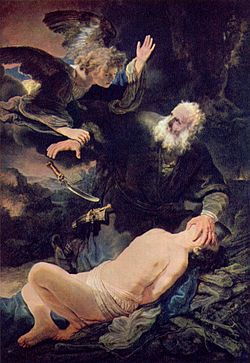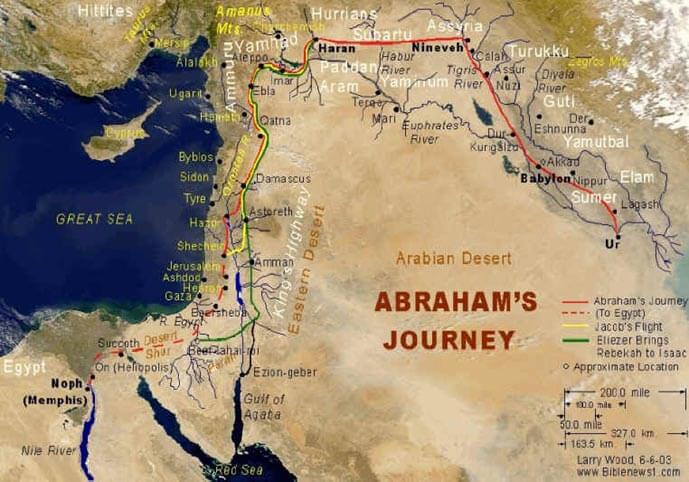It is a central element of Judaism that Abraham is seen as the father of the Jewish people and that through him and his descendants a covenant was transmitted to future generations.
We first meet Abram as an adult, at the end of Chapter 11 of Genesis. We are told that his father Terah journeyed with his family from Abraham’s birthplace in Ur of the Chaldees (placed by some archeologists as near Basra in modern Iraq) and then settled in Haran, which is today in Turkey near the Syrian border.
In Chapter 12, Abram becomes the central character of the narrative. G-d instructs him to leave behind all that he knows and to go to “the Land which I will show you”. If he accepts that challenge, Abram is to be blessed with a special relationship with G-d throughout his lifetime and his descendants, too, will be slated for greatness. His original name, ‘Abram’, meaning ‘exalted father’, becomes ‘Abraham’, ‘father of many’.
The Torah offers no reason why Abraham was chosen for this particular honour so Midrash, Jewish interpretation and elucidation of the Biblical texts, has provided us with possible explanations. One Midrash on Genesis recorded in the second century CE, tells the story that Abraham’s father was a manufacturer of idols, and that the child beheaded the idols and placed the hammer in the hand of the remaining idol, prompting his father to admonish him. Terah says that Abram must have done the damage since (he admits) the idols are only made of clay. Interestingly, this is a story which also appears in the Koran.


